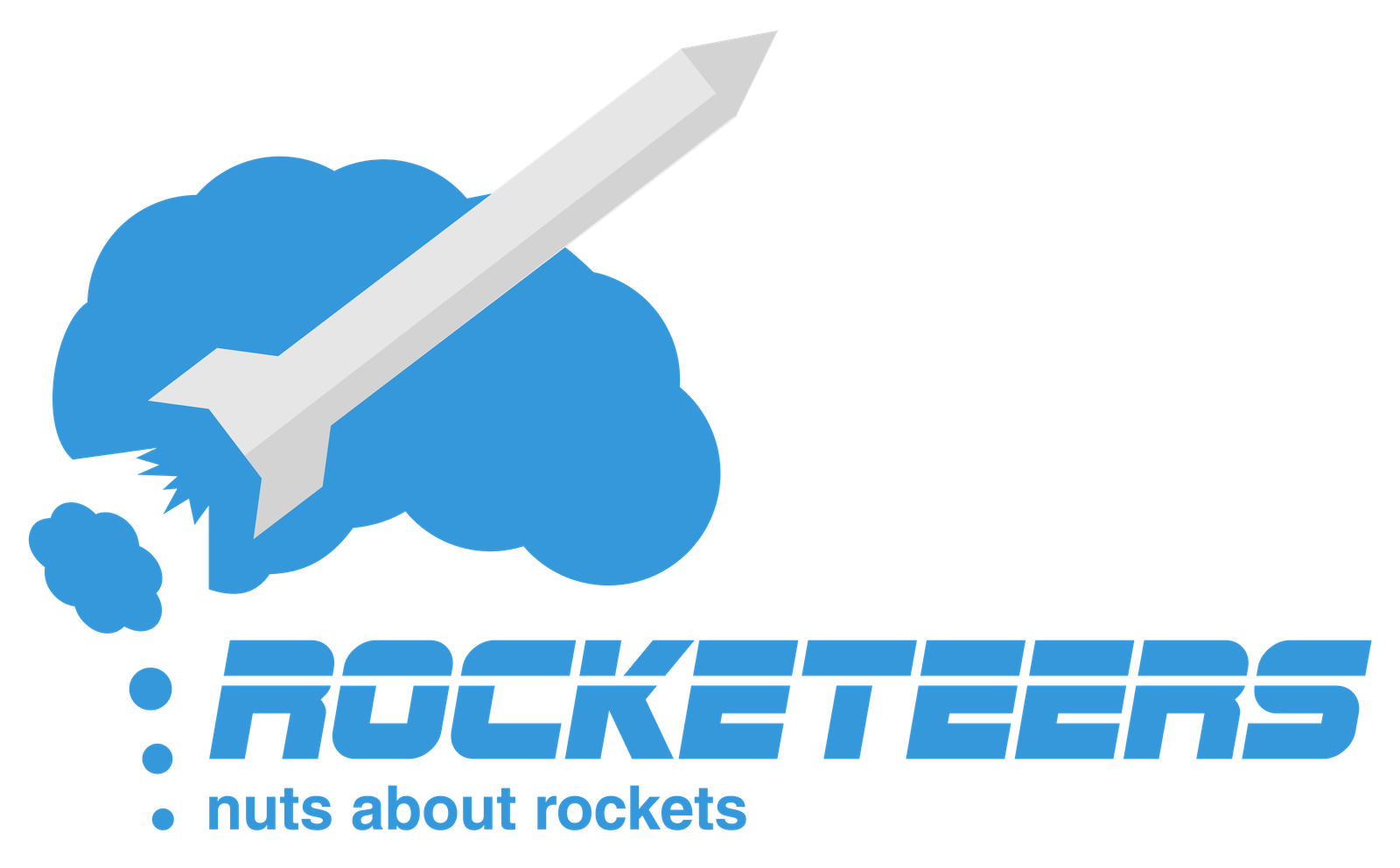
When SpaceX started operations in 2002, it heralded a new age of independent space science organizations. No longer was the space dream just a government-funded activity. In a way, SpaceX has made space even more accessible.
Like the various space programs of the world, SpaceX to has an arsenal of launch vehicles with Falcon Heavy being the heavyweight.
Falcon heavy is a two stage, partially reusable heavy-lift launch vehicle. It has the highest payload capacity ( 63,800 Kg to LEO) of all the launch vehicles currently operating and capacity the third highest capacity in the history of launch vehicles, surpassed only by the American Saturn V (140,000 Kg to LEO) and the Soviet Energia (100,000 Kg to LEO).
A deritivite of the Falcon 9, the Falcon Heavy consists of a structurally strengthened Falcon 9 as the core, with two additional Falcon 9 first stages used as liquid fuel strap-on boosters. The first stage is powered by three Falcon 9 derived cores, each equipped with nine Merlin 1D engines. The Falcon Heavy has a total sea-level thrust at liftoff of 22,819 kN, from the 27 Merlin 1D engines, while thrust rises to 24,681 kN as the craft climbs out of the atmosphere. The upper stage is powered by a single Merlin 1D engine modified for vacuum operation, with a thrust of 934 kN, with an expansion ratio of 117:1 and a nominal burn time of 397 seconds.
Falcon Heavy was originally designed with a unique “propellant crossfeed” capability, whereby the center core engines would be supplied with fuel and oxidizer from the two side cores until their separation. However, owing to the increase in complexity involved, SpaceX scrapped the plan. All three cores of the Falcon Heavy arrange the engines in a structural form SpaceX calls Octaweb, aimed at streamlining the manufacturing process.
Falcon Heavy has more lift capability than any other operational rocket, with a payload of 64,000 Kg to LEO and 16,800 kg to trans-Mars injection.
Falcon Heavy was designed from the outset to carry humans into space and it would restore the possibility of flying crewed missions to the Moon or Mars. The rocket was designed to meet or exceed all current requirements of human rating. The structural safety margins are 40% above flight loads, higher than the 25% margins of other rockets. However, as of February 2018 Musk does not plan to apply for a human-rating certification to carry humans.
Being a partially reusable launch vehicles, the boosters of the Falcon Heavy return to earth once they are seperated from the core. SpaceX had a tumultuous experience perfecting this technology, but over the course of time they have perfected the landing. The cores include four extensible landing legs To control the descent of the boosters and center core through the atmosphere, SpaceX uses small grid fins which deploy from the vehicle after separation.Immediately after the side boosters separate, the center engine in each burns for a few seconds in order to control the booster’s trajectory safely away from the rocket. The legs then deploy as the boosters turn back to Earth, landing softly on the ground. The center core continues to fire until stage separation, after which its legs deploy and land back on Earth on a drone ship.
Owing to the payload capacity and reusability, Falcon Heavy has the lowest Kg to Kg launch rates in the industry. It is no wonder then that NASA and DOD also plan on using Falcon Heavy and other of SpaceX’s vehicles to launch a few of their satellites. Not just America, but space agencies from other parts of the world have also bought payload space on future SpaceX missions.
The maiden launch was to initially take place in April 2013. However, the date was pushed back several times, each time the reason varying. However, finally after battling failure of SpaceX CRS-7, last minute changes to plans, government shutdown and unfavorable weather, the Falcon Heavy had its maiden launch on 6th February 2018 at the historic launchpad 39A (where the Apollo 11 mission was also launched) at the Kennedy Space Centre in Cape Canaveral. . The payload for the maiden launch was Elon Musk’s personal, cherry red Tesla roadster that had a dummy astronaut named Starman (after the David Bowie song) and played David Bowie’s “Life on Mars”. The car was also equipped with 3 camera that would take photographs of the “epic views”. The car was planned to orbit the sun. However, later reports suggested that it had overshot its orbit and was heading towards the asteroid belt. Of the 3 boosters, 2 of them landed as planned and the 3rd just missed the mark and landed in the sea at relatively high velocity. Nonetheless, the mission was declared a success
Most recently, the Falcon Heavy had its first commercial mission launch on 11th April 2019. It was a success with all 3 boosters safely reaching ground. It carried the Arabsat satellite.
The next planned mission for the Falcon Heavy is scheduled for June of this year, with 2 of the boosters being reused from the April launch.
Eventually, the Falcon Heavy and the Falcon 9 will be replaced by the Starship and Super Heavy launch system in 2020, which is touted to take humans to Mars.
